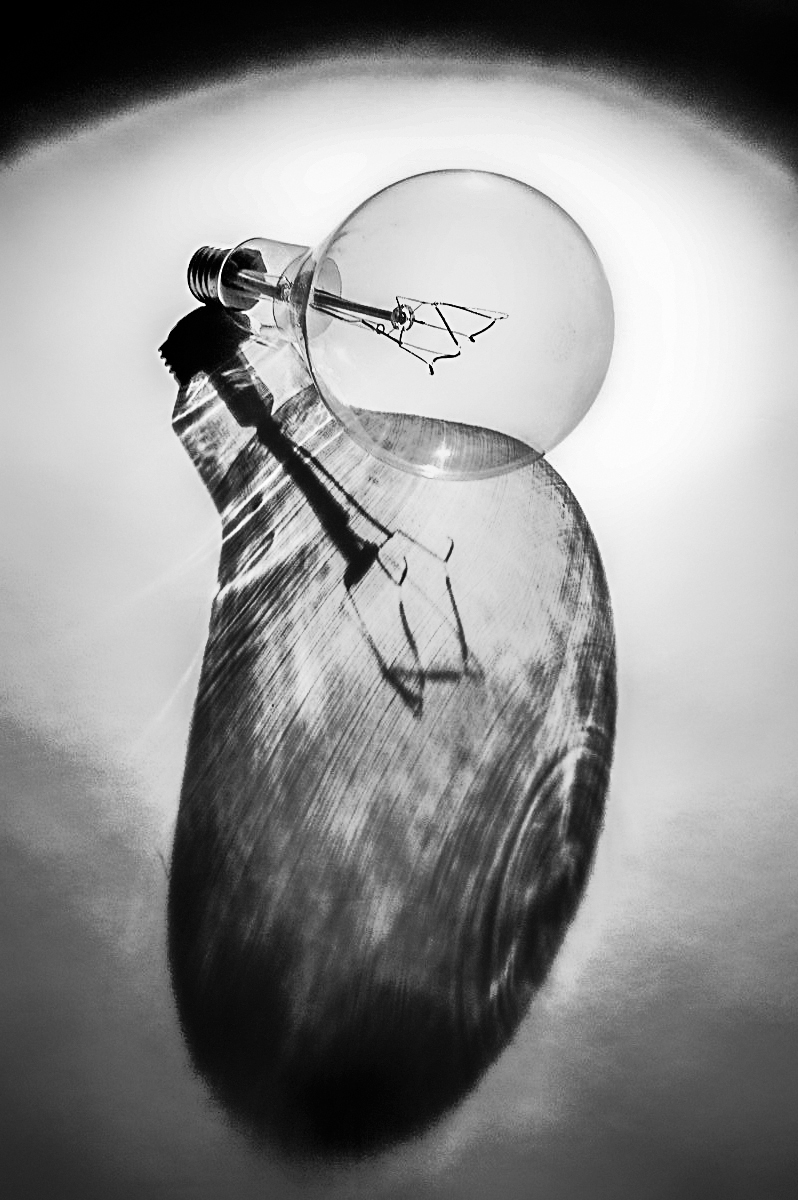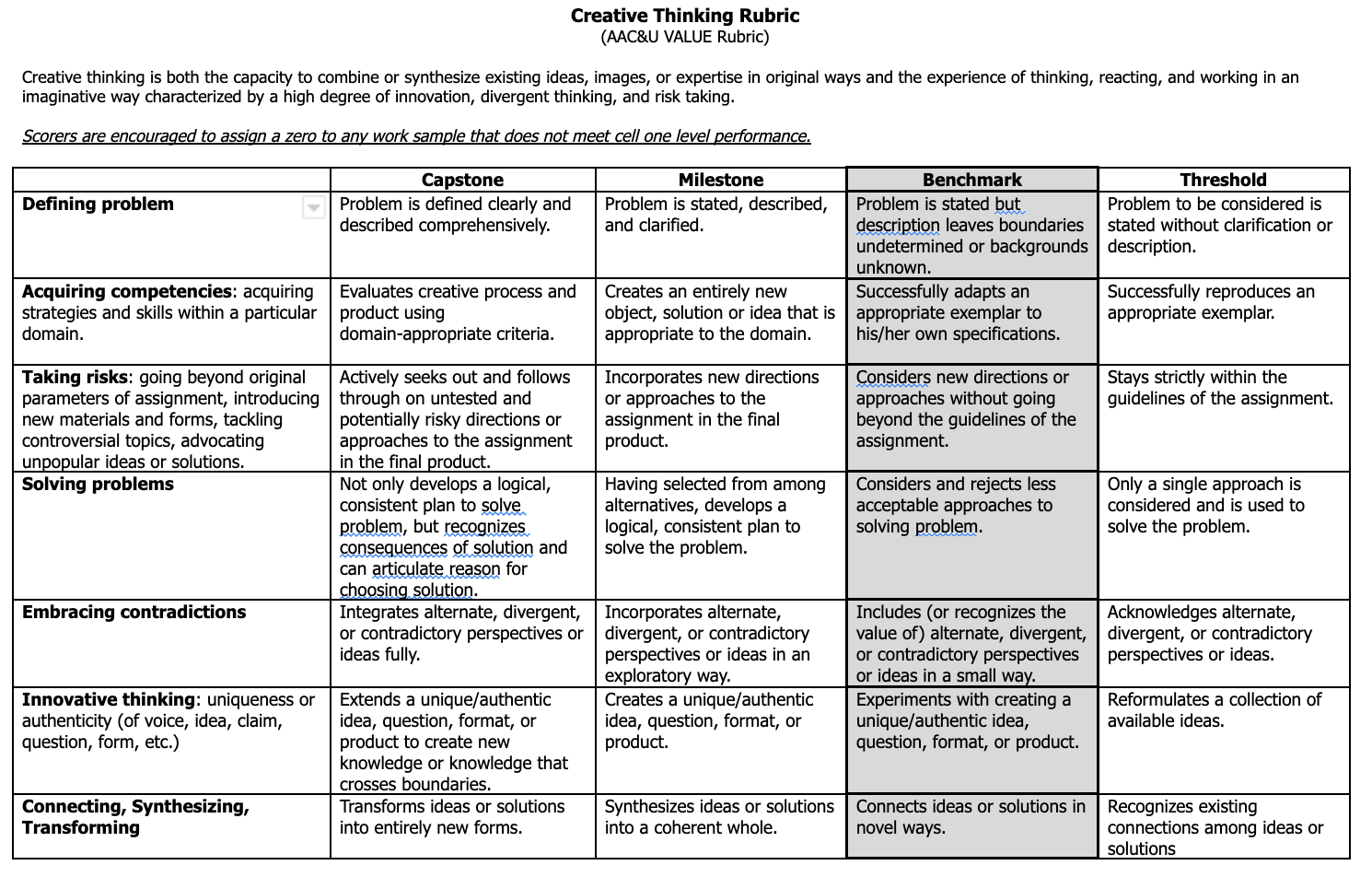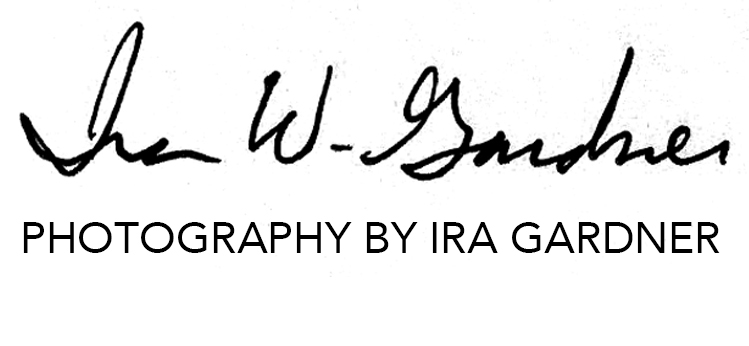
Yesterday I had two different conversations about the question of whether or not creativity is something that can be taught. In one conversation a woman was telling me that she had grown up being told that only 1% of the world population was really creative. In another group conversation I was asked about whether or not all artist needed to be psychologically damaged in order to be creative. They gave the example of Salvador Dalí as someone who was vastly creative and yet arguably not a very nice person.
We talked about the confessional poets and the way that many artist are inspired to make artwork out of pain and suffering. Just recently I attended a film festival where the featured director spent 25 years documenting his own family trauma and turned it into a movie.
I have long had an expression where I talk about how content people don’t create, but creative people can become content. As a teacher of photography and filmmaking for the past 25 years I have witnessed so many students come into class with a strong desire to create work that is motivated by personal drama. Freud described creativity as the ultimate survival skill and I see it as making sense of a chaotic world.
Art has a way of creating meaning out of difficult life experiences. Art creates an emotional distance to see the experiences in a way that we can take away meaning and value from them.
The concept of the starving artist is born out of this paradigm that is based upon artist waiting for inspiration and living through a cycle of ongoing chaos. This has worked for some artists like the confessional poets. However I think this leads limited artistic output which in turns leads to a career disaster. The singer Taylor Swift recognized this and said in an interview that she realized she had really become a successful artist when she could write a emotional breakup song without actually being in a sad relationship. She was able to move beyond the personal origins of her art and become happy and successful while still being able to create.
I don’t know if there ever was a 1% rule. There was a time when creativity was perhaps an outlier activity but I don’t think creativity itself is rare. Creativity gets socialized out of children. In my own case I was once a very active sketch artist. I produced highly detailed drawings that were even featured on a local public access television series for the public library. Unfortunately by the time I reached junior high my parents wouldn’t let me take art classes. They wanted me to take advanced math and science in hopes that I would be in a more lucrative white collar career. There was a stereotype about being an poor artist.
What excites me is that we now live in a creative economy. We are recognizing the need for creativity as the world’s problems become too complex for simple solutions. Art is now a part of the STEAM movement as scientist realize the need to cultivate creativity.
As the world has endured a pandemic we have seen art be a source of well being and online platforms like Etsy and Youtube have helped generate a new creative economy. When asked about whether creativity can be learned I answer with a resounding YES!
About 10 years ago I helped establish a creative thinking rubric for our college and I have been developing curriculum for teaching creativity for at least twenty years now. The key to becoming a creative thinker is to develop a practice that incorporates the combination of curiosity and learning of new skills. I have seen students learn how to be creative through a process of exploration and research. The only real obstacle I ever see in learning to be creative is the fear of learning something new and being faced with uncertainty or ambiguity at the start of an art project.
Here is the rubric our college adopted to measure creative thinking. Since implementing it in my classes I have seen some amazing results.

Creativity is such an important part of our economy and so rewarding on a personal level. As we recognize the need for creative thinking I am seeing more people enter into creative professions that don’t necessarily start from a place of pain. They are starting from a place of curiosity.
I don’t think it matters if you start from a place of healing or start from a place of innate curiosity. The good thing is that now we are seeing kids being encouraged to grow their creativity and we are recognizing the wonderful careers available within the creative professions.
Picasso said that the trick of being an artist was to remain a child at heart. What I think he realized was how education had been stripping kids of their creativity and how society hadn’t valued enough. Those radical free thinkers that chose to create fearlessly often were rewarded with tremendous success.
Thankfully, today people who thought they weren’t creative are learning they are. It reminds me of how Michelangelo spoke of his sculptures: “Every block of stone has a statue inside it and it is the task of the sculptor to discover it.”
I think it is every persons task to find the artist hidden inside themselves.
Kind Regards,
Ira

